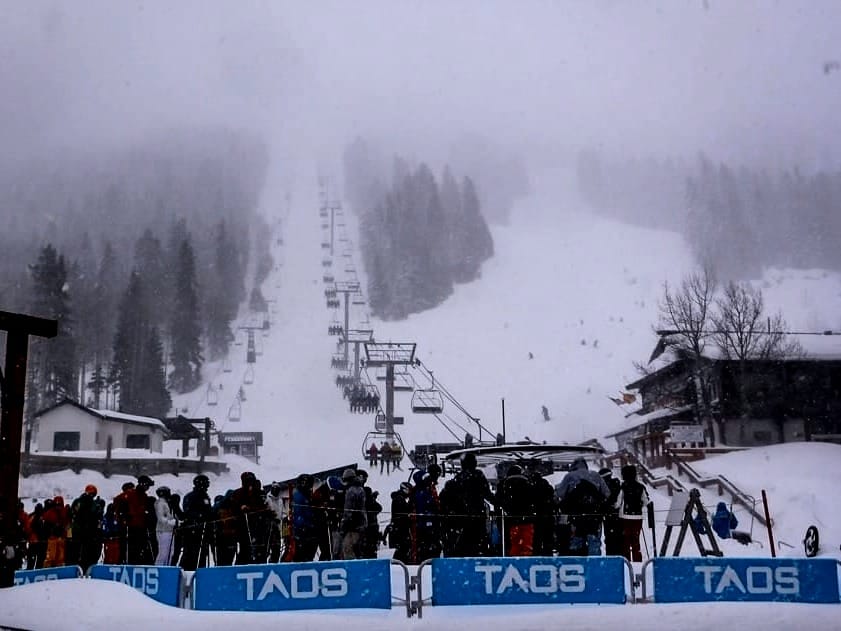Humanitarian organizations offered educational guidelines on Thursday meant to help 1.5 billion students worldwide who face "an unprecedented risk" if the COVID-19 pandemic forces schools to remain closed much longer.
The guidelines balance teaching needs with public health concerns. They focus on three phases — before, during and after reopening of schools — and suggest "six key dimensions" for local and national authorities to bear in mind once they identify which schools can reopen: policy, financing, safe operations, learning, reaching the most marginalized, and well-being or protection.









